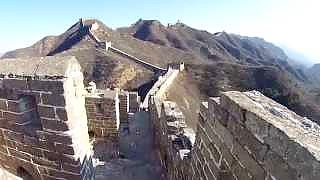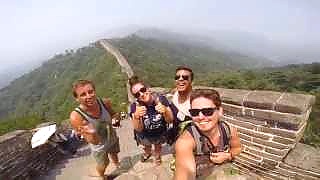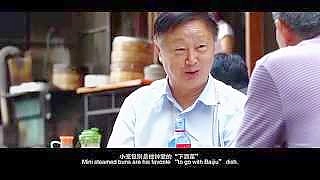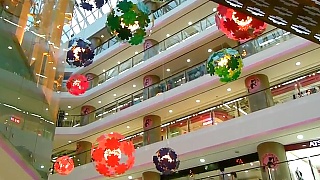Related Videos
Featured Videos
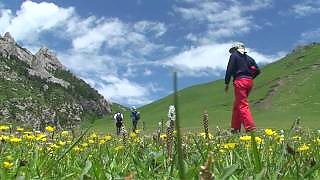
|
Highlights of an eight week trip though Tibet, YunNan, SiChuan, GanSu and QingHai provinces (2007).
|
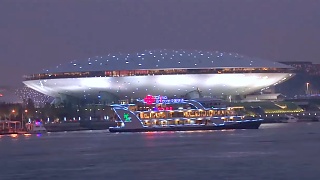
|
The Shanghai World Expo, 2010 ...
|

|
With Little Chinese Everywhere ...
Amazing infrastructure in HuNan province ...
Don't look down !
|

|
With Walk East ...
|
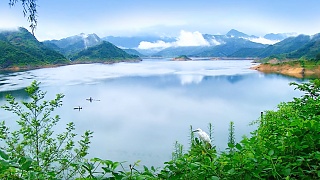
|
Bonus film - the Great Wall near Beijing in 4K ...
|
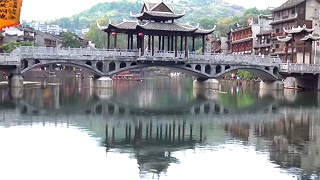
|
HuNan province.
FengHuang is an ancient water town based on a river.
The WuLingYuan scenic area within ZhangJiaJie is also a nature reserve.
Both are UNESCO World Heritage Sites.
|
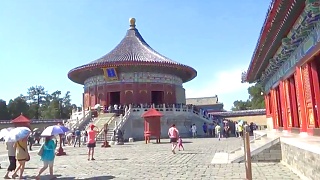
|
The first film shows some scenes of the central temple area, and the second the many activities that take place in the surrounding park ...
|

|
With Zina ...
|
 The rise of smartphone payments in China
The rise of smartphone payments in China
